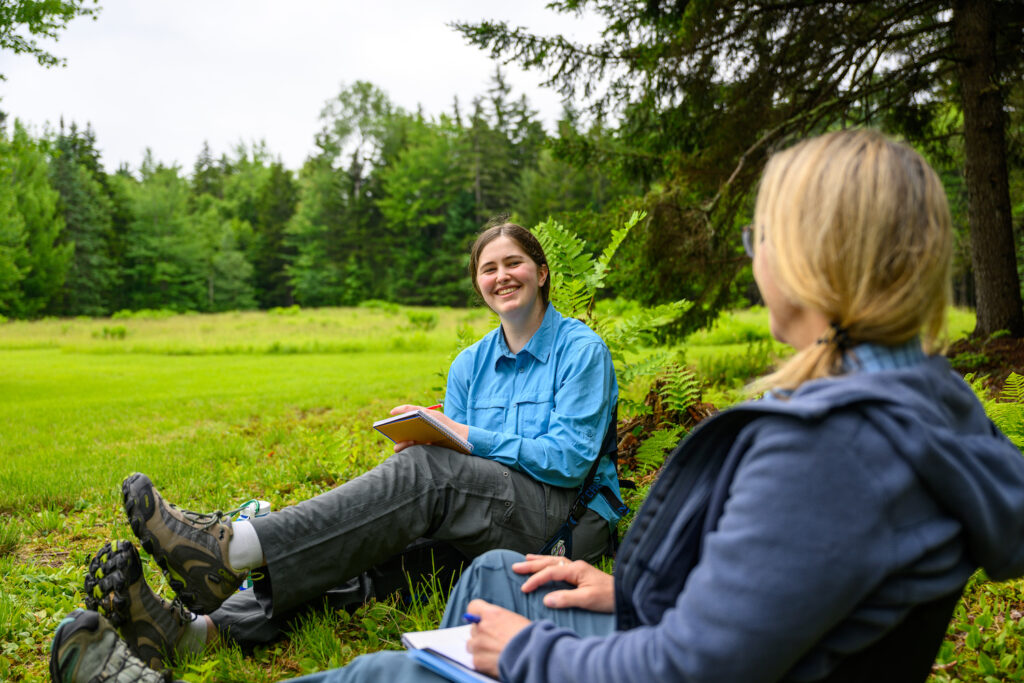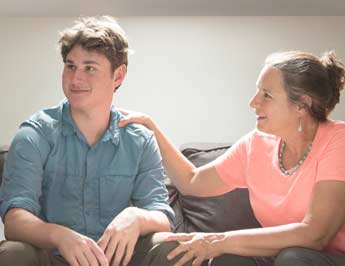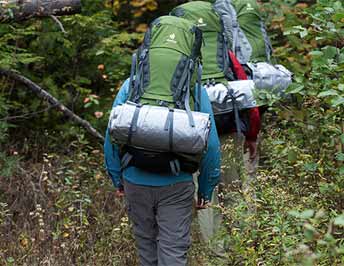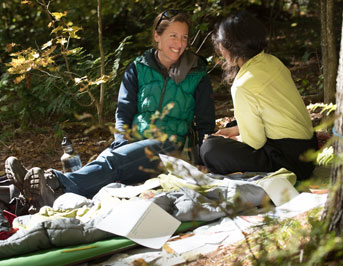Therapy with Masters-Level Clinicians
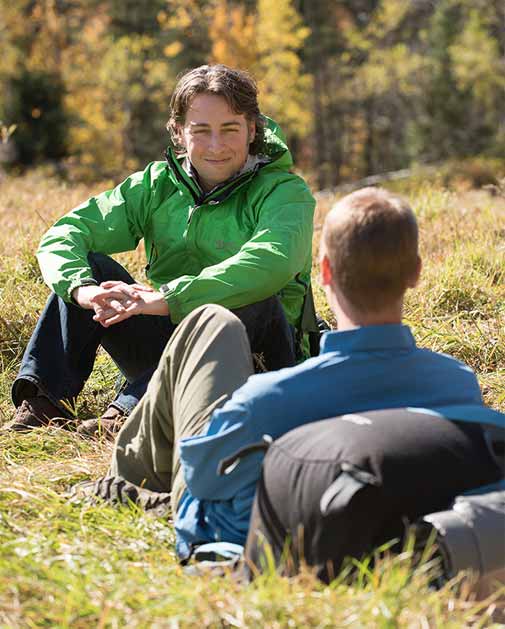
All True North students participate in individual therapy every Monday and Thursday with their masters-level therapist. Sessions last as long as may be needed and take place in the field. Therapists may also conduct group therapy sessions.
Sophisticated clinical methods are combined with an emphasis on experiential learning and community building. Clinicians utilize a strength-based methodology, drawing from various therapeutic modalities such as family systems, trauma-informed, emotion, reality and cognitive-based approaches to assess individual student challenges and implement effective treatment plans.
Small groups allow for highly individualized goals and treatment plans, while also ensuring ample time to engage parents, caregivers and outside professionals in the student’s progress.



